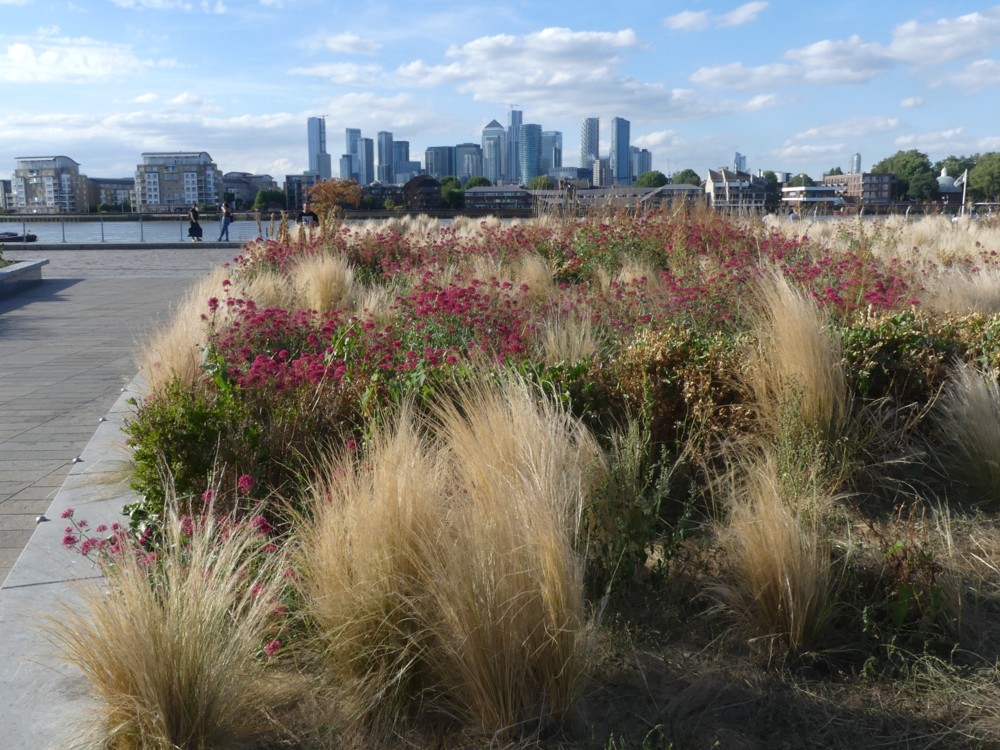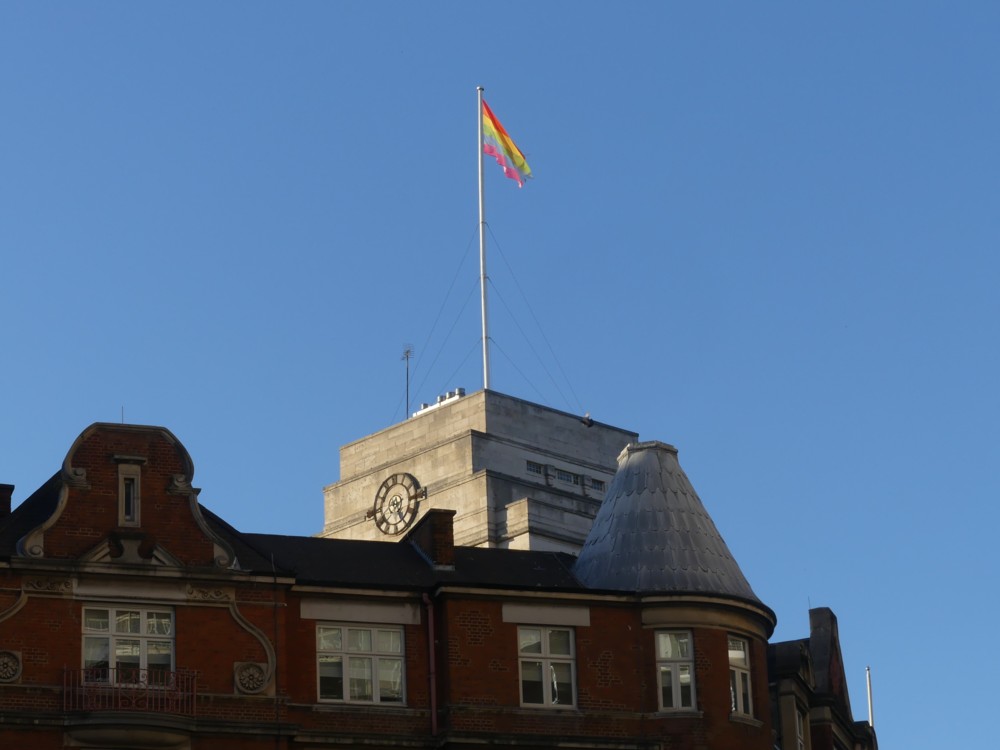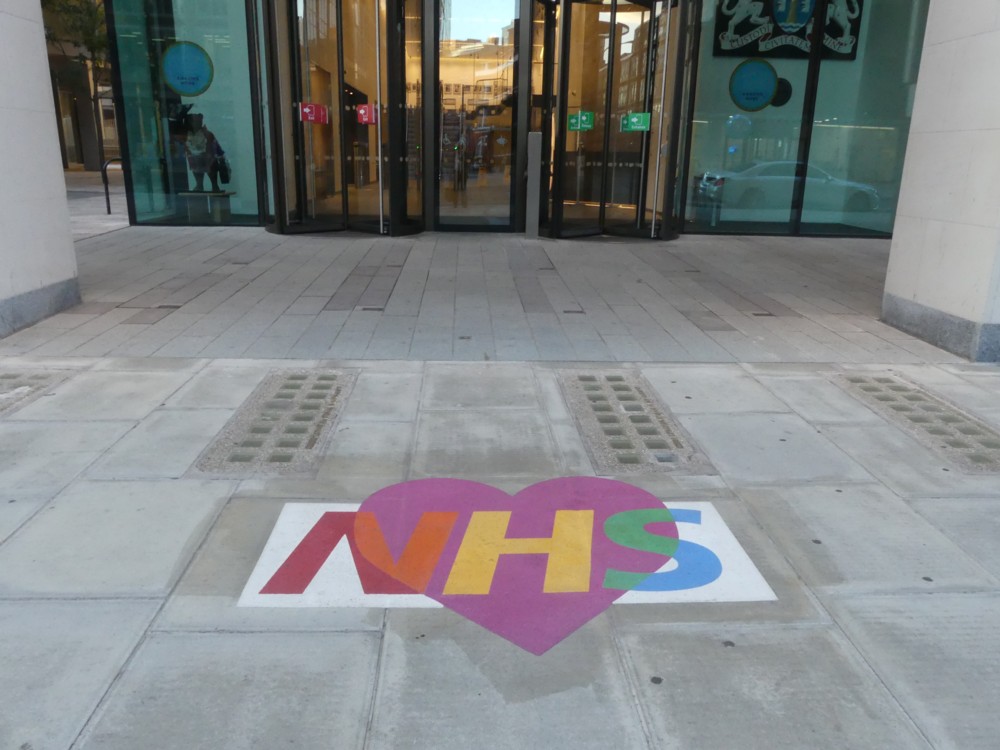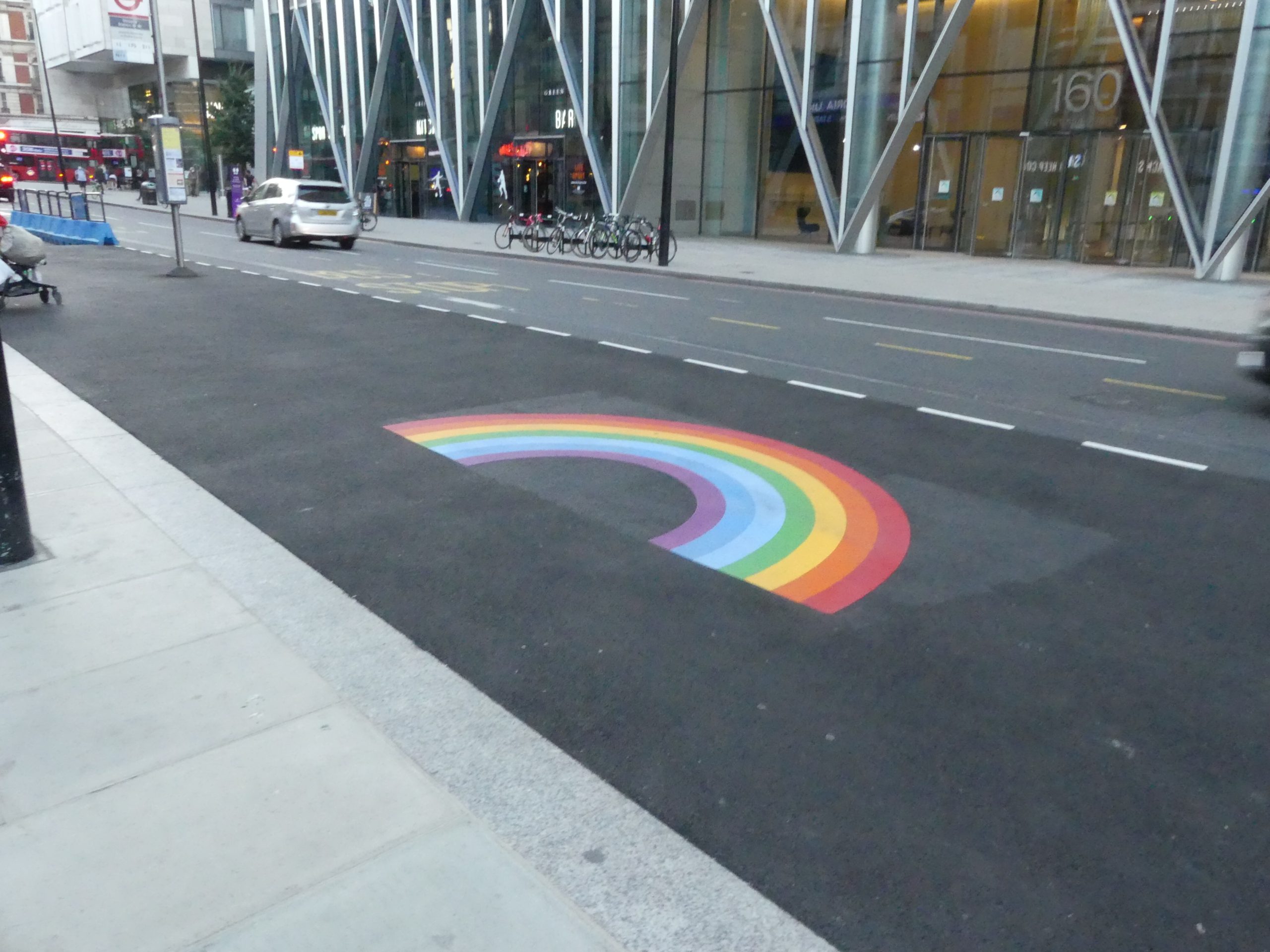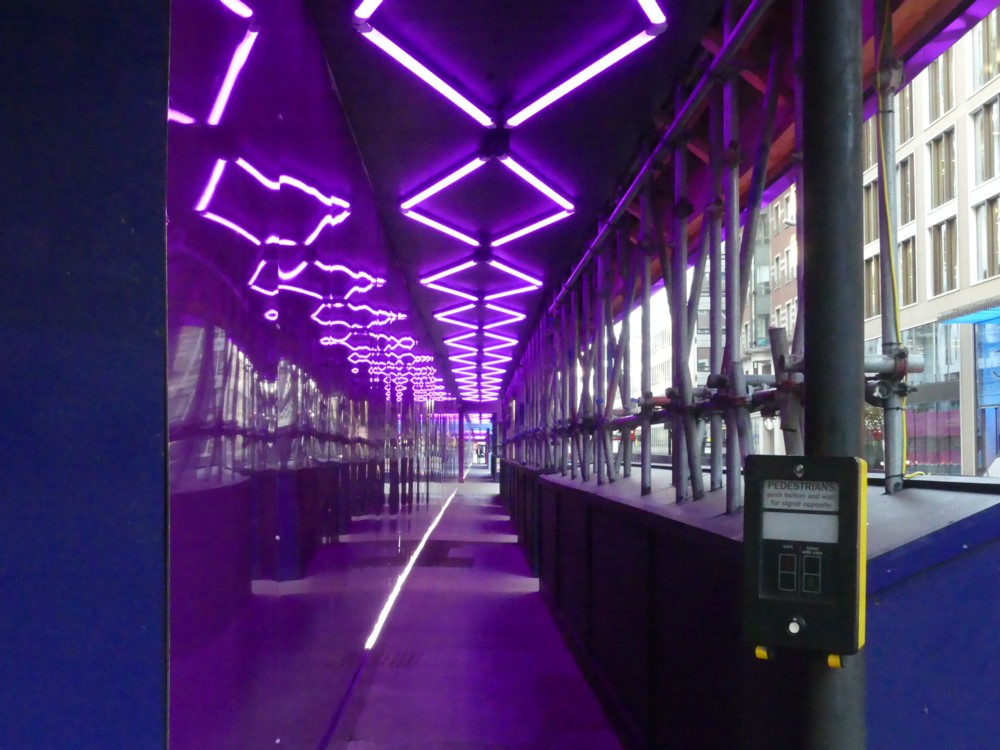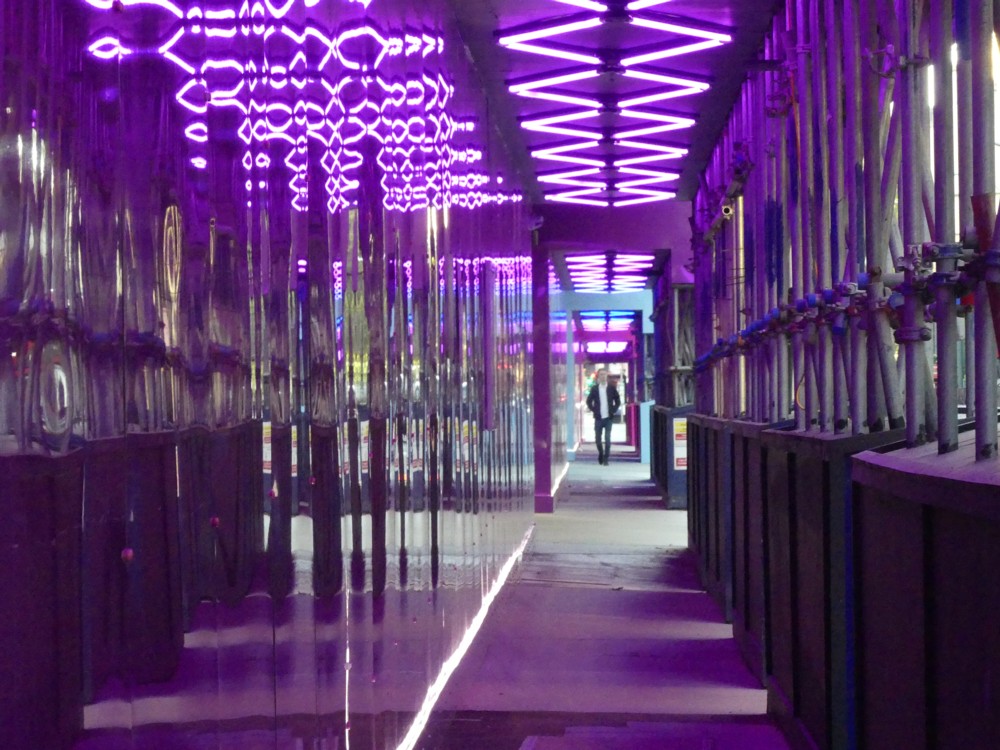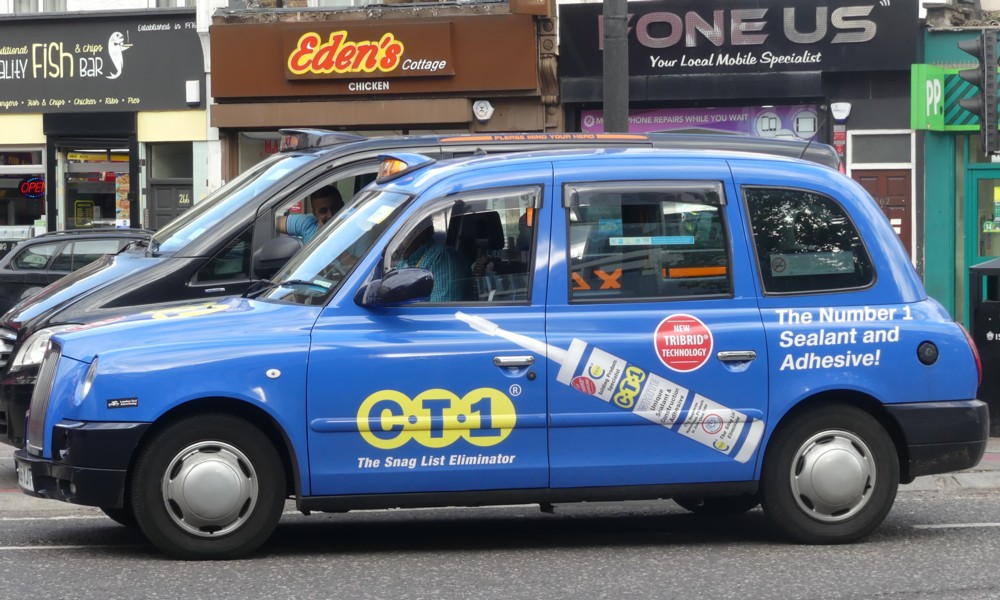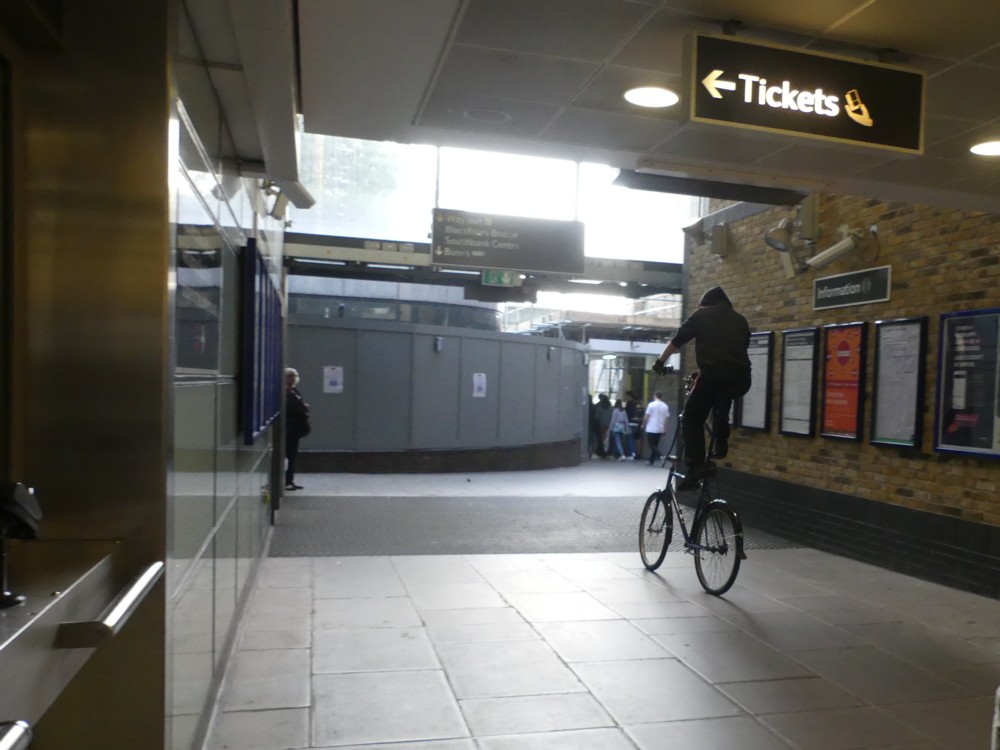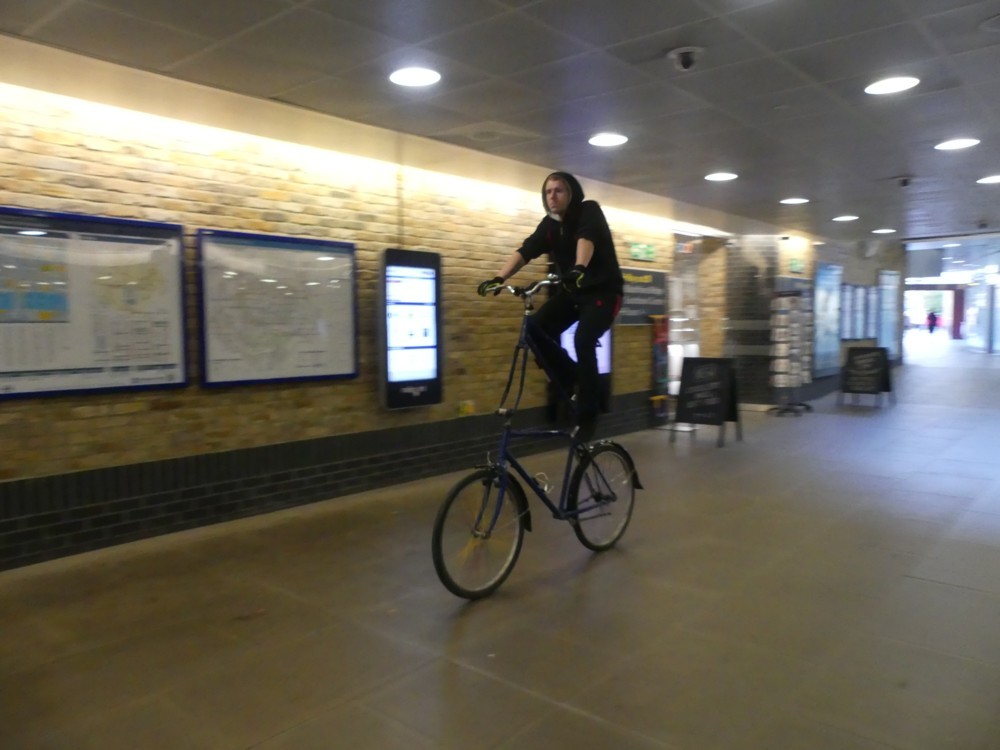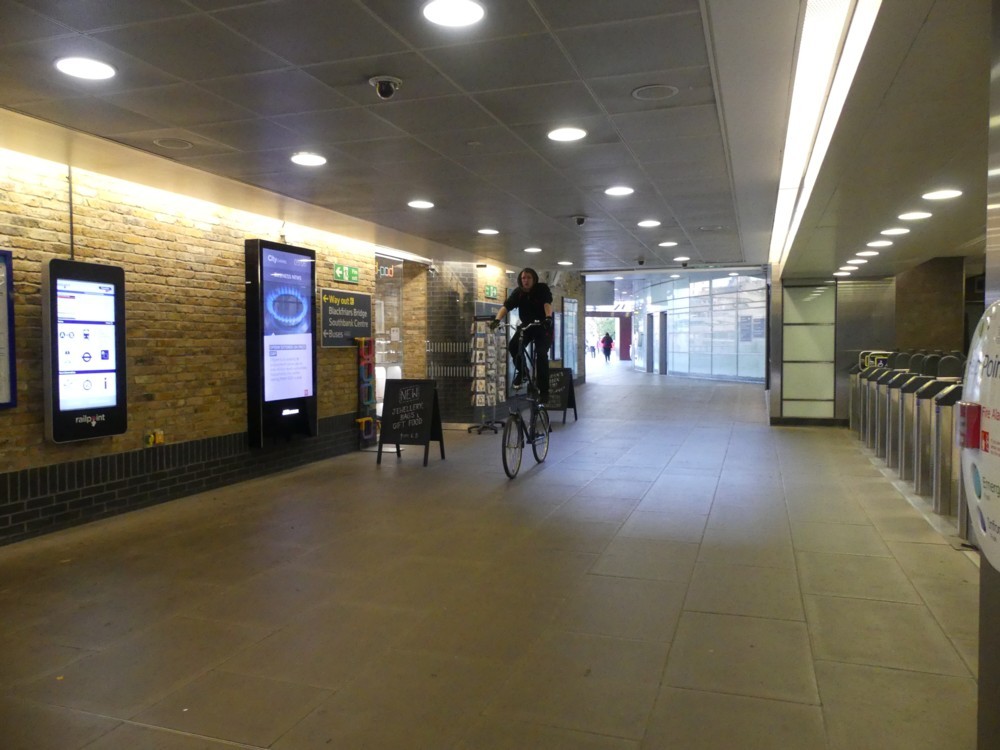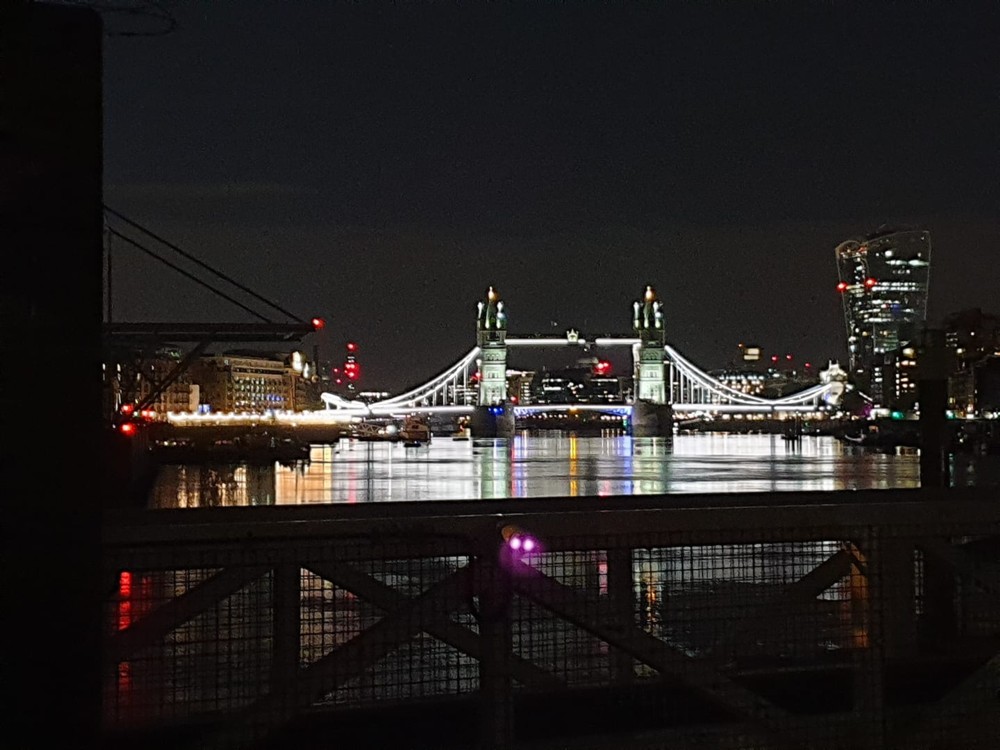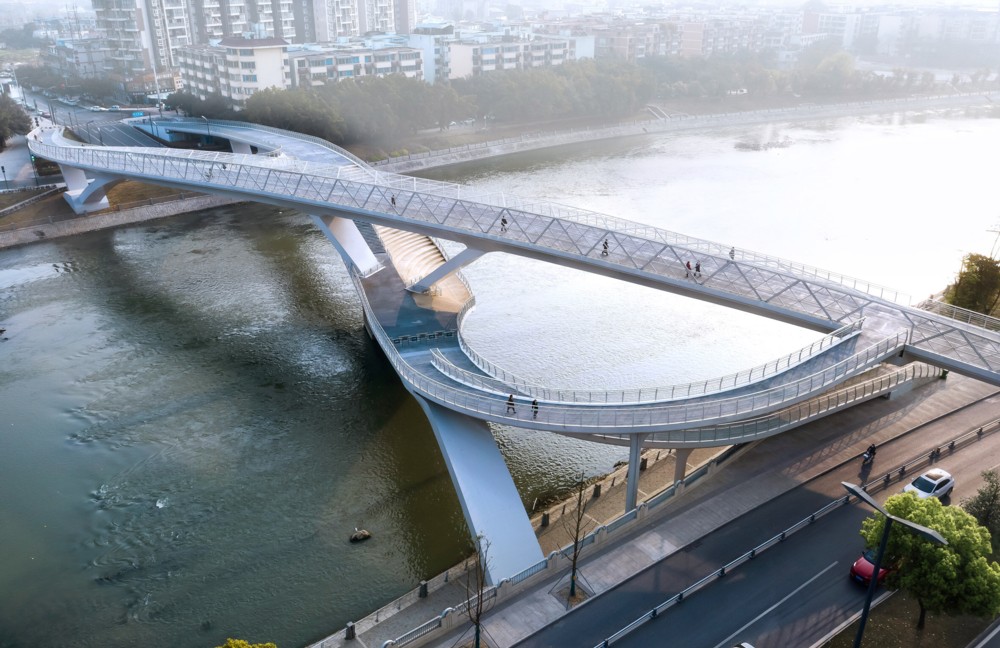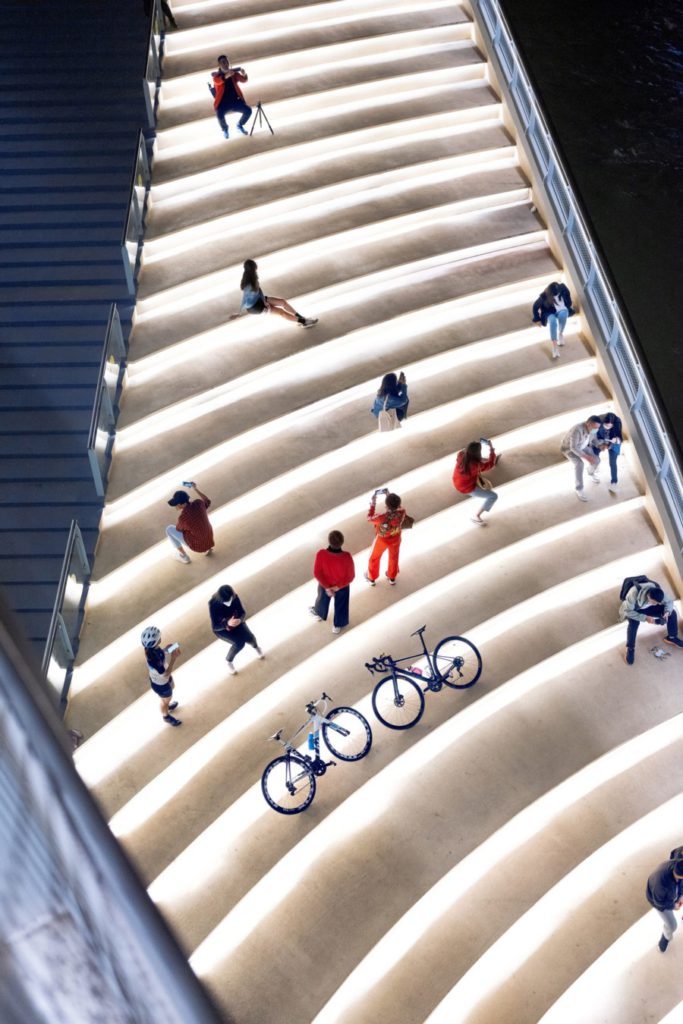The World Champions at One Day Cricket, that is, which would be: England. Today, cricket was back in a big way, in the sense that it was not just good, but that there was lots of it, all coming nicely to the boil.
Surrey nearly avoided defeat, but then didn’t, which was exciting to follow. At least Surrey were beaten by the other London team, Middlesex, rather than, I don’t know, some county in the North, that being because this year, it’s all being done with regional groups first, presumably to cut down the number of games played. Two other London-ish teams played each other, Essex and Kent. Essex had an unfair advantage. They had a Sir playing for them. Imagine that. Essex also had a new guy called Khushi playing his first game for the Essex first team, making this game his First Class debut. In the successful Essex run chase this afternoon, Khushi made 45 and shared a stand of 86 with Sir Alastair Cook, which basically meant Essex won. Imagine that. In your first big game.
With cricket you can tell all this sort of stuff just by following the score on the Internet, while occasionally consulting a player biography page. But for Khushi you didn’t even need his bio. He scored 2 in the first innings, and his highest score was his score in the second innings, and his total of first class runs was 2 more than he had scored in the second innings. Therefore, this was probably his first game for Essex. And there he was batting with decisive effect, with Sir Alastair.
After all that excitement, the England Ireland game, the third and final one of their three game series, England having cruised to wins in the first two, was bound to be a let-down. Thanks to their Irish born captain, E-something-something-n (pronounced Owen) Morgan, England got just under 330. Having only made about 200 in each of the first two games, Ireland obviously weren’t going to get anywhere near that. So, soon after Ireland had cautiously begun their “chase”, I went out, to replenish my photo-archive with photos taken this actual day instead of weeks, months or years ago, and after that to get some shopping done. When I staggered home with my shopping, I thought: I’ll just check out how much Ireland had lost by. And, well, imagine that. Ireland were 310-3 and about fifteen minutes later, they’d won. Wow.
I agree with those professional cricketers who have expressed the opinion that there ought to be more not-so-good teams, like Ireland, in the next World Cup. After all, what’s a World Cup without the possibility of embarrassing upsets, contrived by minnows whom everyone can unite in supporting against cricket’s versions of Germany (England, Australia and India)? Flushing all the lesser sides down the toilet, except one winner of some preliminary pre-tournament qualifying tournament, is just stupid.
I have yet to look at the photos I took.

